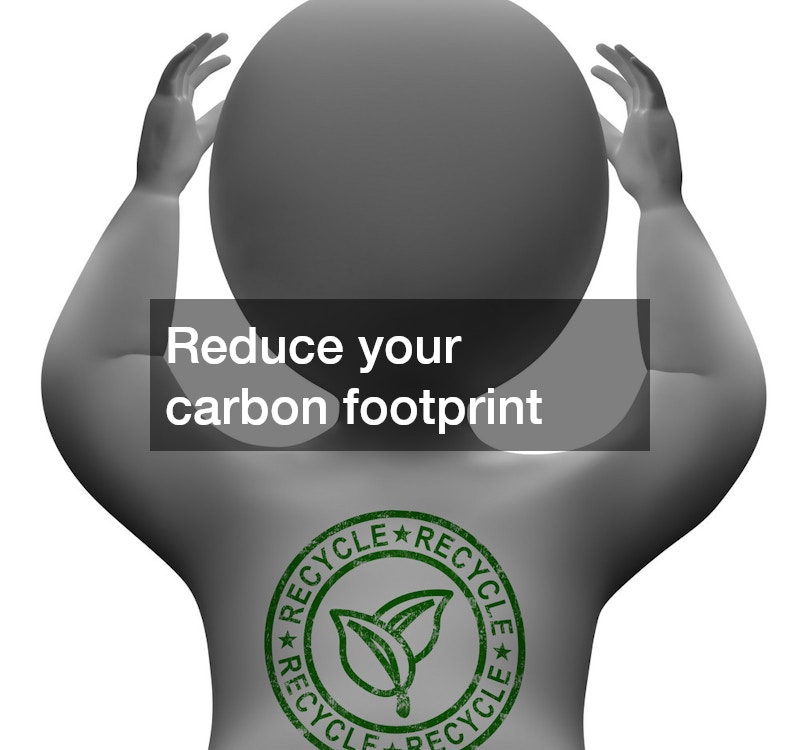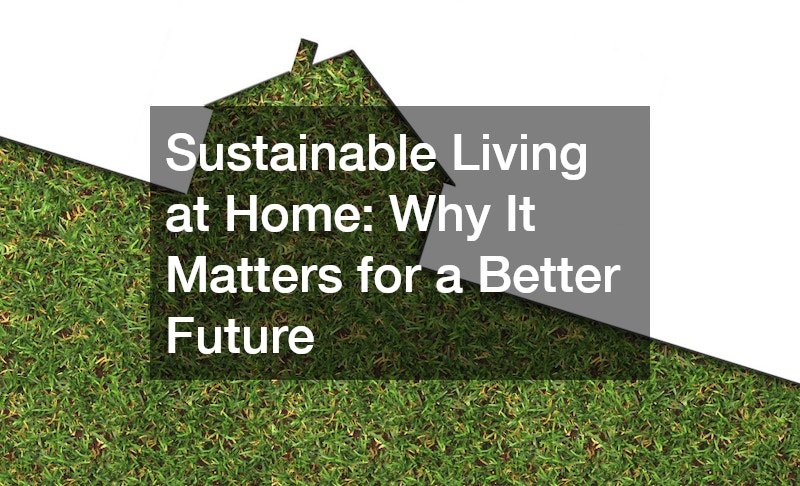The Importance of Sustainable Living Today

According to estimates, 77% of people want to live more sustainably. The world population is growing, and so are the demands for resources. At the same time, there is growing concern for the future of the planet and how to preserve it for future generations. You can reduce your carbon footprint and the strain on resources by adopting sustainable practices at home. Here are some good reasons to start living a sustainable lifestyle at home:
1. Environmental Benefits
People who live sustainably can reap many environmental benefits. For example, simple changes, such as turning off lights when you leave a room or using environmentally friendly cleaning products, help conserve energy and reduce waste. Other more substantial measures can also have a long-term environmental benefit, like using renewable energy or installing energy-efficient appliances. These practices reduce your home’s footprint and create a healthier planet.
2. Financial Savings
Reduced energy and water usage can lead to savings on monthly bills. In the same way, investing in energy-efficient appliances and other measures will reduce maintenance costs. Although some home improvements that are sustainable may require an upfront investment, long-term savings can be substantial. Many governments and organizations also offer rebates and incentives for eco-friendly home improvements, which further reduce costs.
3. Health Improvement
Living sustainably in your home is also good for your health. For example, by using non-toxic cleaners, you can reduce your exposure to harmful chemicals and improve the air quality of your home. Energy-efficient appliances can also reduce humidity, which prevents mold growth and reduces allergens. Natural materials, like bamboo or cork, can also be used in the design of a home to create a more comfortable and safer environment.
4. Community Impact
Sustainable living has wider community benefits. You can promote sustainable living by setting an example to your neighbors and creating a demand for green projects. By choosing eco-friendly transportation options such as cycling or public transport, you reduce air pollution and traffic, resulting in a more healthy, livable city environment.
Getting Started With Sustainable Living at Home
How can you begin living sustainably in your home? Here are some simple steps that will get you started.

Build a Greenhouse
One of the most sustainable ways to live at home is by growing your own food. It will reduce your carbon footprint and provide you with fresh, healthy food. You can use window boxes to grow herbs and vegetables or build a greenhouse. You can even build your own. This type of greenhouse is easy to maintain and can withstand harsh weather conditions.
Utilize Sustainable Materials
When renovating or upgrading your home, consider using sustainable materials like recycled wood, solar panels, bamboo flooring or recycled plastic. These options are eco-friendly and add a unique look to your home. Also, look for eco-friendly certifications such as Energy Star ratings and Forest Stewardship Council certification.
Cut Down on Energy and Water Use
You can reduce your water and energy consumption by making simple changes to your daily routine. When not in use, turn off the lights, electronic devices, and faucets. Use as much natural light during the day as you can, and choose energy-efficient bulbs when necessary. Install low-flow toilets and showerheads to reduce water consumption. Rain barrels can be used to collect rainwater and reuse it for gardening.
Living sustainably at home is not just a fashion. This is a lifestyle that has countless benefits to your health, environment, wallet and community. Each small eco-friendly change contributes to the larger collective effort to preserve our planet for future generations. Remember, the road to sustainable living does not have to be a daunting one. Begin small and slowly incorporate sustainable practices into your everyday life. You can start by creating a sustainable future at home.
